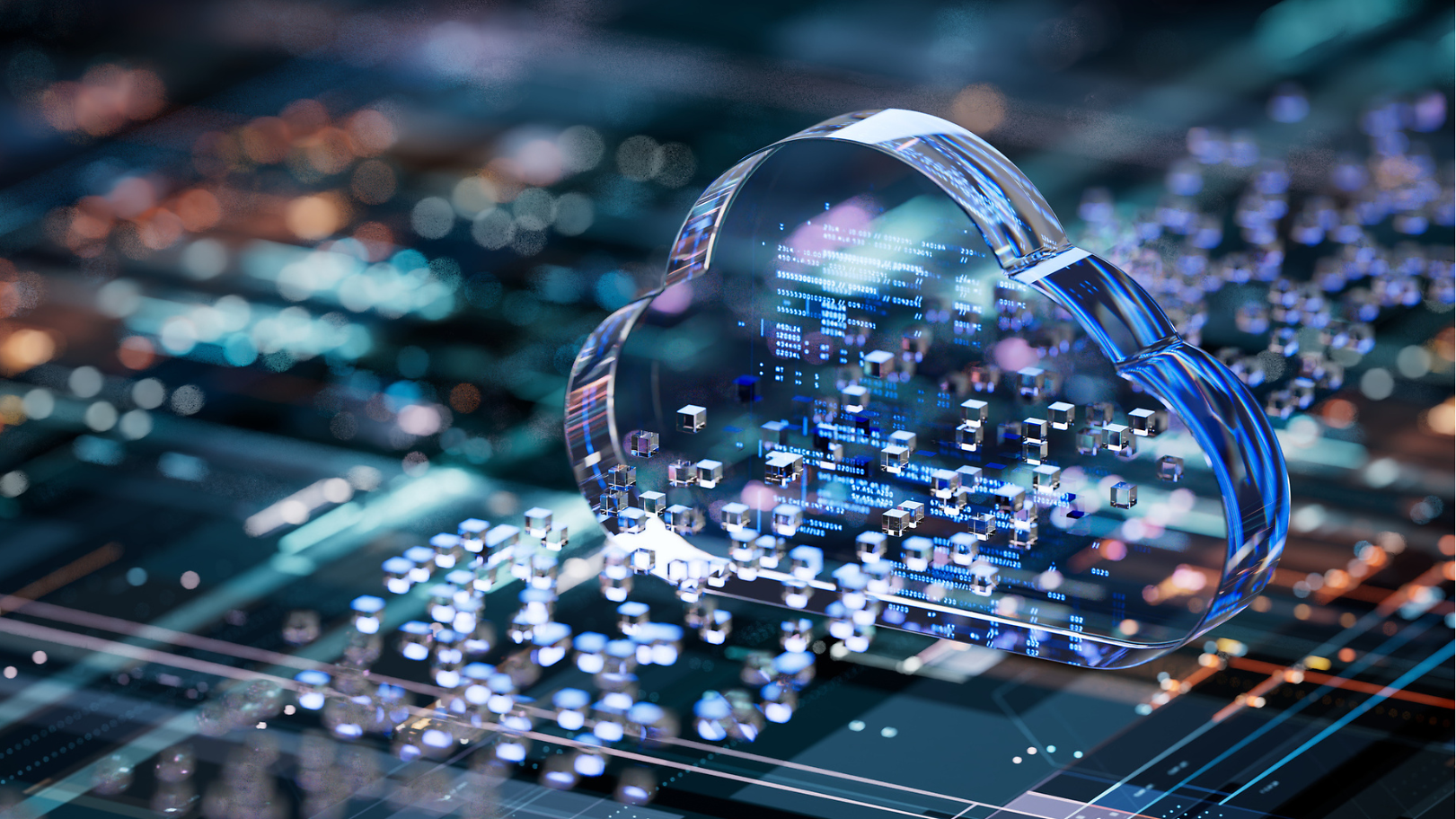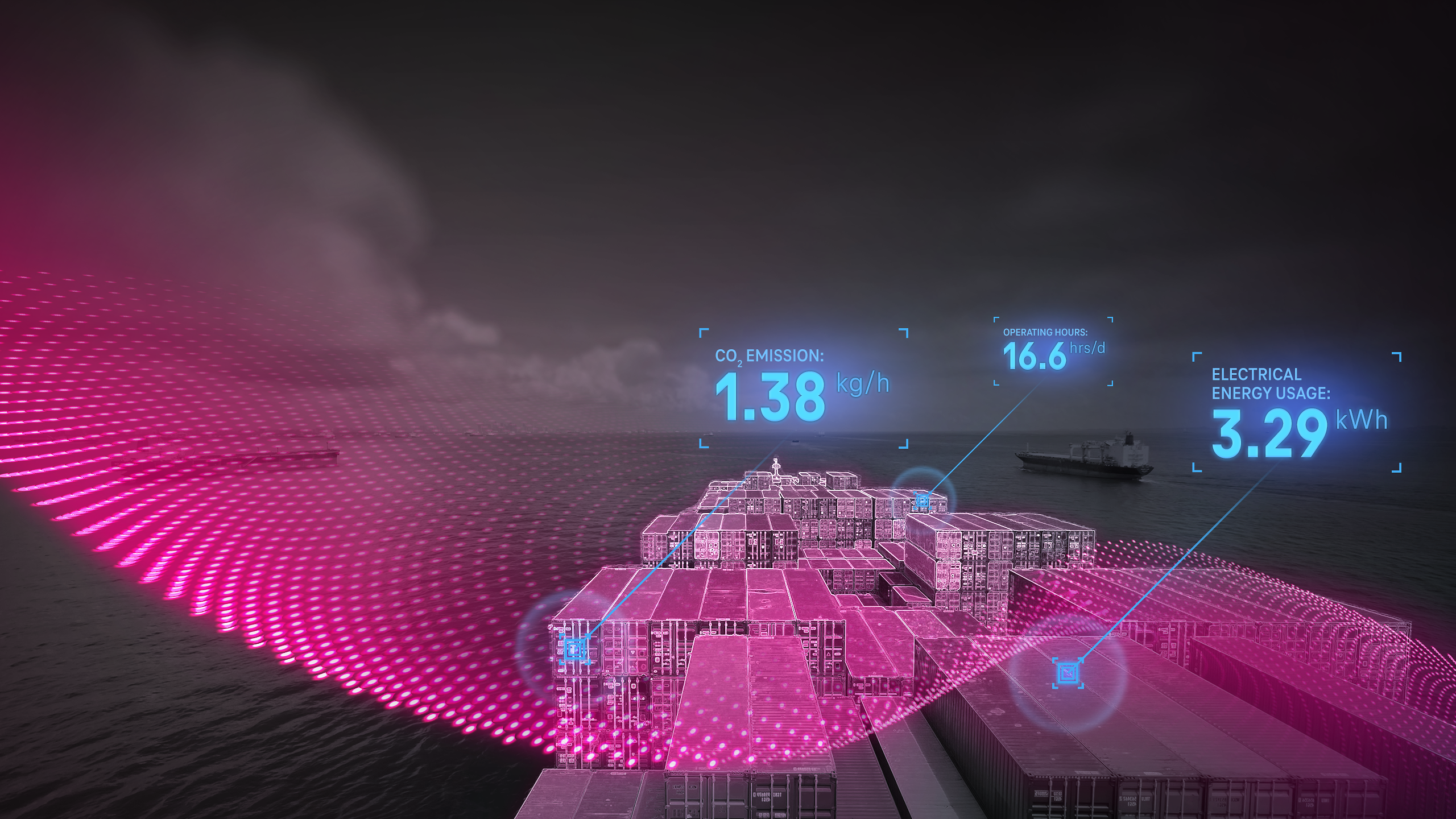Intelligent power grids: IoT and the energy revolution
30.11.2020 by Pauline Batzer

The energy sector is changing: Coal-fired power plants and nuclear reactors are giving way to wind turbines and solar panels to cover our future energy needs. What role will the Internet of Things play for electrical grid operators and consumers?
The energy sector is becoming greener. Whereas coal-fired and nuclear power plants used to be the primary sources of Germany’s electricity, thousands of wind turbines, biogas plants and solar parks are now producing energy between Kiel and Lake Constance. The share of renewable energy covering total electricity consumption continues to grow: In 2000, six percent of Germany’s electricity was generated from green sources, but by 2019 this figure had risen to 42 percent. This means the target for a successful transition to renewable energy according to the German government’s Renewable Energy Sources Act (EEG) has already been met: By 2025 more than 40 percent of the electricity consumed in Germany should come from green energy sources.




